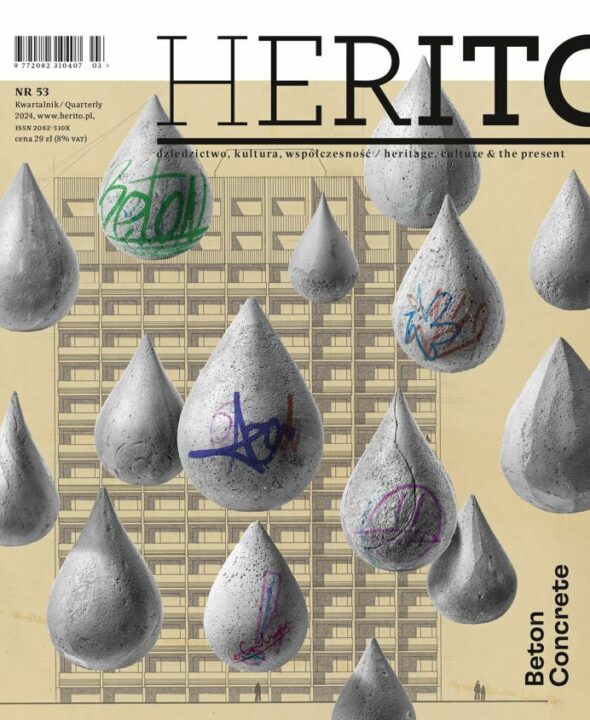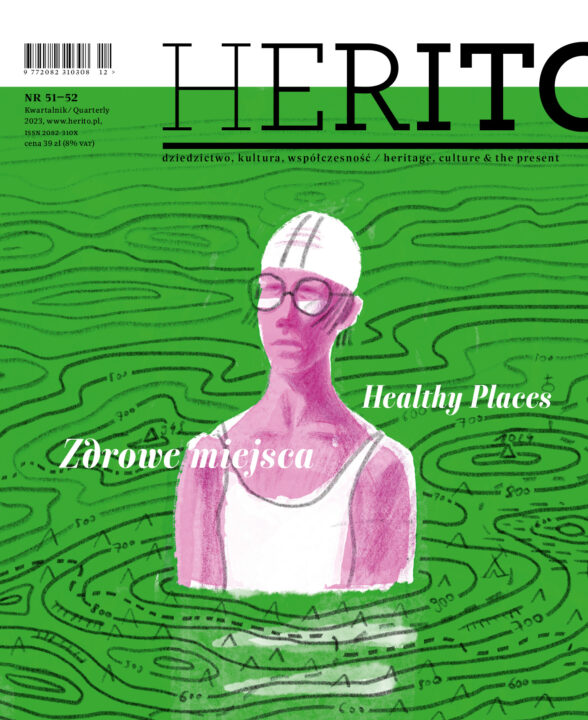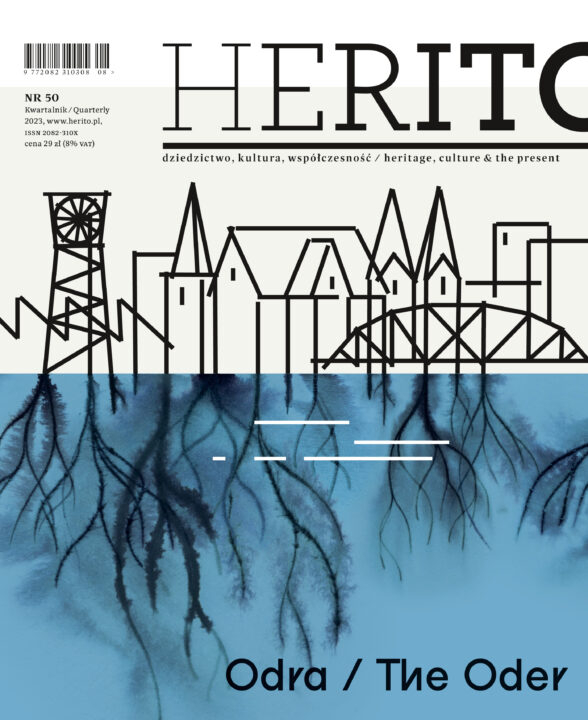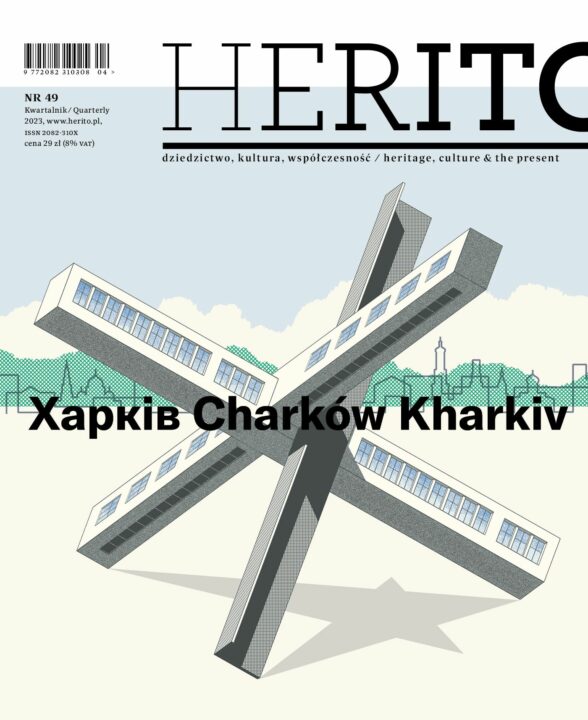Patterning. Design in Central Europe
Does Central Europe have a distinctive design? In the countries of our part of Europe – which in the last 150 years have experienced constant political, ideological, class, and cultural transformations – design reveals surprisingly many common features.Distinctive patterns of identity were provided at the turn of the 20th century by Ruskin’s and Morris’s ideas embodied in the Arts and Crafts movement. By way of Vienna, they emanated on the whole area of Central Europe. The phenomenon of the Krakow Workshops is a perfect illustration how Ruskin’s idiom was put in practice to give shape to the vernacular, the local, the national.
Sovietisation, which made its mark on the second half of the previous century with its ideals of industrialisation and progress, paradoxically also unleashed in people a great desire to emphasise their own uniqueness. An enclave of freedom was found in design, after the Stalinist era liberated from the straitjacket of socialist realism – it allowed artists from behind the Iron Curtain to manifest their cultural belonging to the West and at the same time to underline their own identity.
In the last quarter century, design has allowed the countries of Central Europe to strike for their artistic and cultural independence, and to overcome the colonial divisions into the colourful West and the drab, imitative East.
So perhaps the distinctive Central European nature of our design is not an illusion after all.
Contents - no. 24
Subjective Atlas of Central‑European Design
Jugokeramika and Rade Končar: Two Approaches to Design
Bihać Industrial Zone: Design and Production During Socialism
Poisoned With the West: Popular Music Posters From Soviet Ukraine
Open Form and the Polish Influence on Soviet Design of the 1960s
Industry vs Craft: Czech Lamps 1950–1990
Under the Surface: The Design Landscape at the Turn of the Millennium
Folk Culture: The Leitmotif of Polish Design
Etnodizajn: Polish Games With Modernity
The Triumph of the Knock‑off! The War between the Parody and the Original
Design: Illusion or Reality?
The Nutcracker
Looking at the Sea Through Trees
The Battle for Modernism: Remarks on the Exhibition Design for a New World
“Observatory” Workshops: Adam Mickiewicz Institute for Design
Africa: Pure Form?
Worth a Thought
Do‑It‑Yourself and Aspirations: Changes in the Polish Iconosphere During the Transformation Period
Latest
All numbers
Concrete

Healthy Places

The Oder



